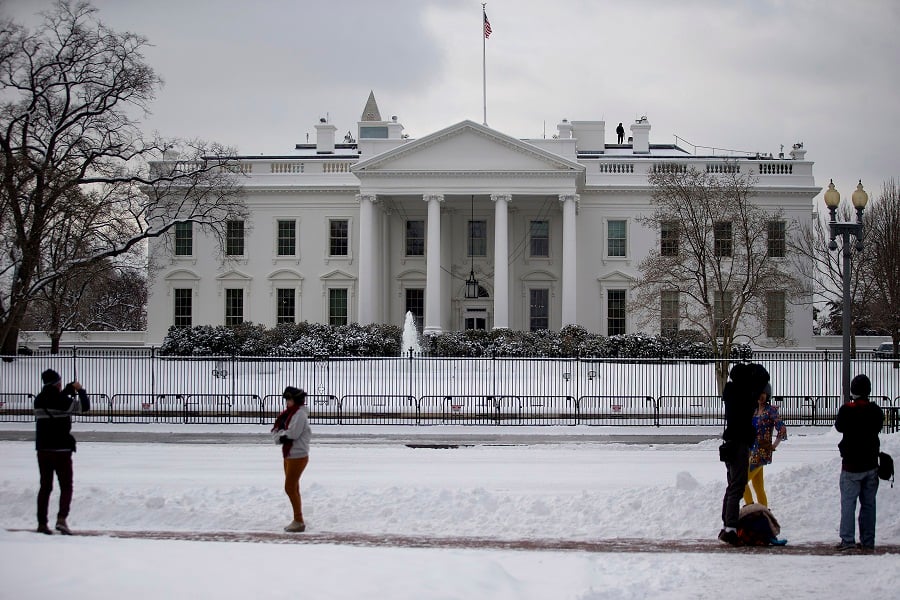A major financial industry trade organization criticized the Obama administration Monday for ignoring existing investor-protection regulations, as the White House pushes a rule that would raise investment-advice standards for brokers handling retirement accounts.
The Securities Industry and Financial Markets Association
released a white paper by the law firm Morgan Lewis & Bockius asserting that brokers are already “thoroughly” regulated under current Securities and Exchange Commission and Financial Industry Regulatory Authority Inc. rules.
The current standards address conflicts of interest, protect individual retirement account holders and allow investors to choose between investment advisers and brokers, according to the Morgan Lewis assessment.
The paper is the
second part of SIFMA's response to a recent report by the White House Council of Economic Advisers that found that conflicted investment advice
costs retirement savers up to $17 billion annually.
The CEA report was released in February on the same day that President Barack Obama directed the Department of Labor to
proceed with a rule that would expand the definition of “fiduciary” to include more brokers working with 401(k) and IRA accounts, forcing them to act in their clients' best interest.
Last week, SIFMA released a report that claimed that the CEA's economic analysis was flawed. Monday's paper says the White House hasn't told the full story of financial regulation.
“The CEA memorandum really omitted and incorrectly portrayed the regulatory framework as it exists today and has existed, as Morgan Lewis points out, for really 100 years,” SIFMA president and chief executive Kenneth E. Bentsen Jr. said in a conference call with reporters.
The CEA report “left out critical facts and details to build support for the DOL's proposal,” Mr. Bentsen said.
Barbara Roper, director of investor protection at the Consumer Federation of America, said that current SEC and Finra rules only cover advice on securities, not insurance, in the retirement market, and they apply a suitability, rather than fiduciary, standard to brokers. Under the former, brokers must offer investment products that suit an investor's needs but can steer them toward those with higher fees that benefit the broker.
“By definition, the current regulatory structure is not sufficient to prevent investor harm,” Ms. Roper said. “Regulations by both the SEC and DOL are needed to provide a comprehensive solution to that problem.”
Ms. Roper said that SIFMA is “now desperately trying to distract from the narrative about harm to the investor.”
The pending DOL rule is under review at the Office of Management and Budget. If OMB signs off, which is expected, DOL will release the regulation for public comment. That step is likely to happen later this spring.
Initially proposed in 2010 as a way to protect workers and retirees from conflicted advice as they build their nest eggs, the rule was withdrawn the next year amid fierce protest from some sectors of the financial industry, which asserted that the rule would sharply increase regulatory and liability costs for brokers and force them to abandon investors with modest assets.
Taken together, the two SIFMA responses to the White House's advocacy for the DOL rule could provide a foundation for a lawsuit to stop the DOL rule once it is proposed, but Mr. Bentsen said the organization is not yet contemplating that move.
“That's really a discussion that is premature to have at this point in time,” Mr. Bentsen said. “We don't know what the rule proposal is.”







